The Sioni Cathedral of the Dormition (Georgian: სიონის ღვთისმშობლის მიძინების ტაძარი, Sionis Ghvtismshoblis Mdzinebis Tadzari), commonly known as Sioni Cathedral, is one of the most historically significant and revered Georgian Orthodox churches in Tbilisi. It stands majestically on the right bank of the Mtkvari River in the heart of Old Town, an enduring symbol of Georgia’s spiritual and national history.
Historical Significance:
Ancient Origins: The site of Sioni Cathedral has been a place of worship since the 5th century. The original church was begun by King Vakhtang Gorgasali in the 5th century, though its construction continued into the early 6th century under his successor, King Dachi.
Destruction and Reconstruction: Like many of Tbilisi’s ancient structures, Sioni has suffered repeated destruction and reconstruction due to numerous invasions by Persians, Arabs, and Mongols throughout its history. The current building primarily dates from the 13th century, with significant alterations and additions in the 17th to 19th centuries.
The Sacred Cross of St. Nino: Sioni Cathedral holds Georgia’s most sacred relic: the grapevine cross of St. Nino, who converted Georgia to Christianity in the 4th century. This cross, bound by strands of St. Nino’s own hair, is kept in a special reliquary to the right of the altar and is a major pilgrimage site.
Patriarchal Seat (Historically): For centuries, Sioni Cathedral served as the primary cathedral of the Georgian Orthodox Church and the seat of the Catholicos-Patriarch of All Georgia until the consecration of the Holy Trinity Cathedral (Sameba) in 2004. It continues to be a highly active and important spiritual center.
Coronation Site: Historically, it was also the site for the coronations of Georgian kings and other significant state and religious ceremonies.
Architectural Style and Features:
Cross-in-Square Design: The current structure is a typical example of a Georgian cross-in-square church, with a central dome resting on four free-standing pillars.
Materials: The cathedral is primarily built of yellow tuff stone, giving it a warm, inviting appearance. The exterior is relatively unadorned compared to later churches, emphasizing its ancient roots, but it does feature some intricate carved details around windows and arches.
Interior Richness: The interior of Sioni is a treasure trove of religious art.
Frescoes and Murals: While many original frescoes have been lost, the walls are extensively adorned with later murals, notably from the 19th century. The most famous murals are those by the Russian artist and academician Grigory Gagarin from the 1850s, depicting scenes from the Bible and Georgian history.
Iconostasis: A magnificent carved wooden iconostasis (altar screen), dating from the 19th century, separates the nave from the sanctuary, holding numerous revered icons.
Relics: Beyond St. Nino’s cross, the cathedral also houses relics of St. Thomas the Apostle and other saints.
Bell Tower: To the west of the cathedral stands a separate bell tower. The current bell tower, a beautiful brick structure, was built in the early 19th century after the previous one was destroyed by the Persian Shah Agha Mohammad Khan in 1795. An earlier bell tower from the 15th century also lies in ruins nearby.
Location and Atmosphere:
Heart of Old Town: Sioni Cathedral is located on Sioni Street (named after the cathedral itself), a central part of Tbilisi’s Old Town, surrounded by historic buildings and narrow streets.
Tranquil Sanctuary: Despite its central location, the cathedral offers a peaceful and contemplative atmosphere. Its ancient stones resonate with centuries of prayer and history.
Adjacent to the River: Its proximity to the Mtkvari River adds to its picturesque setting.
Sioni Cathedral remains a living church, actively used for daily services, and is a must-visit for anyone wishing to delve into Georgia’s spiritual depth and architectural heritage.

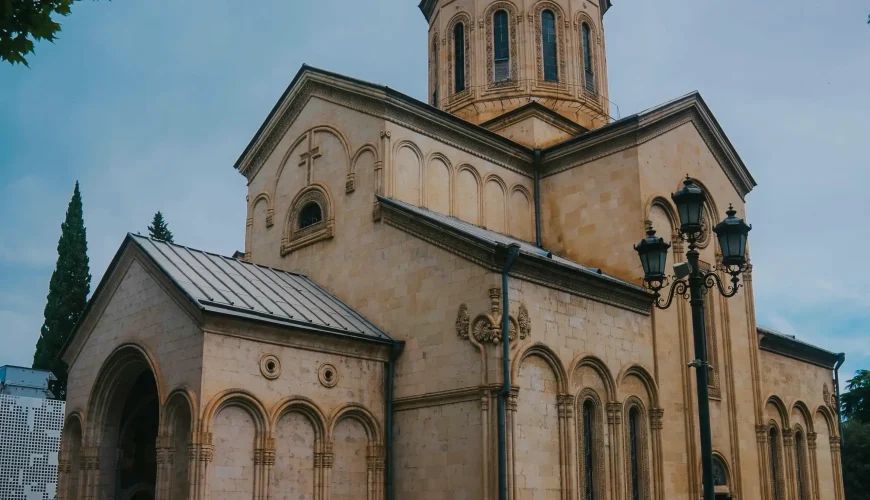
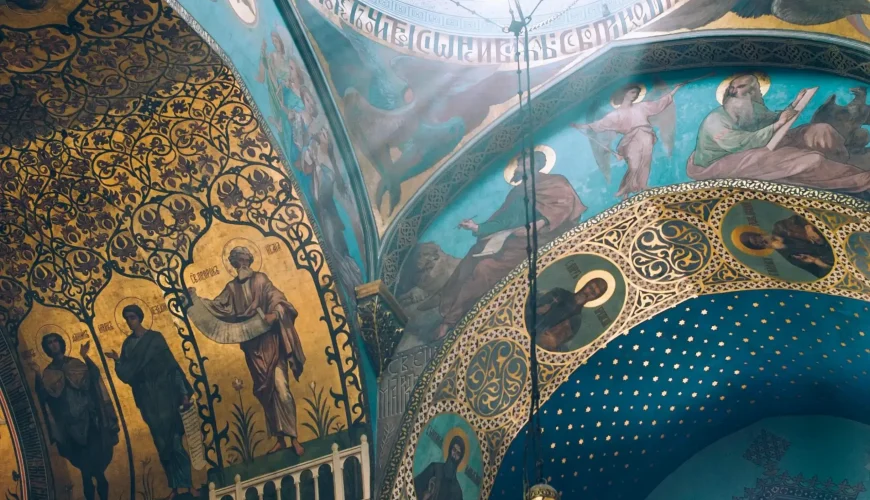
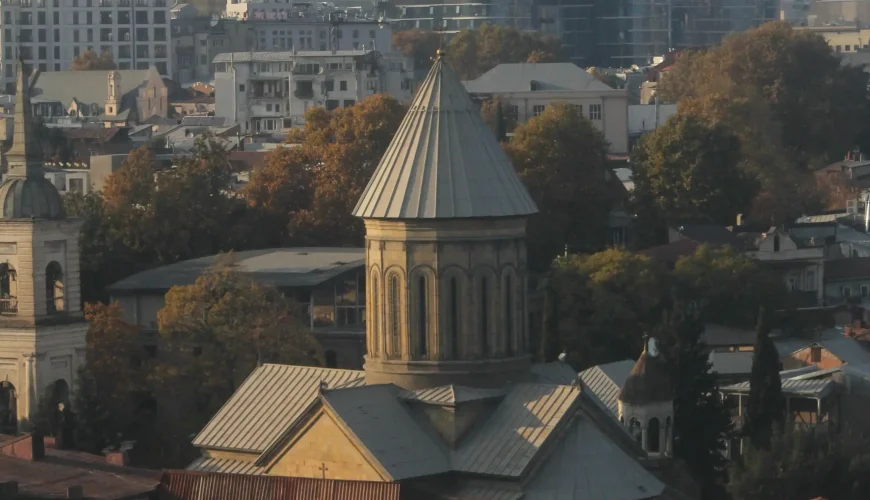
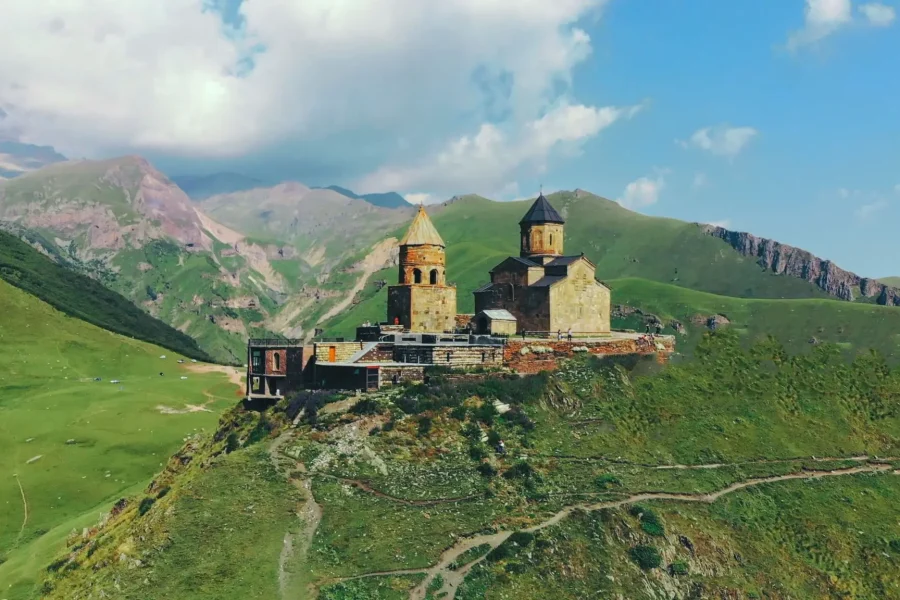
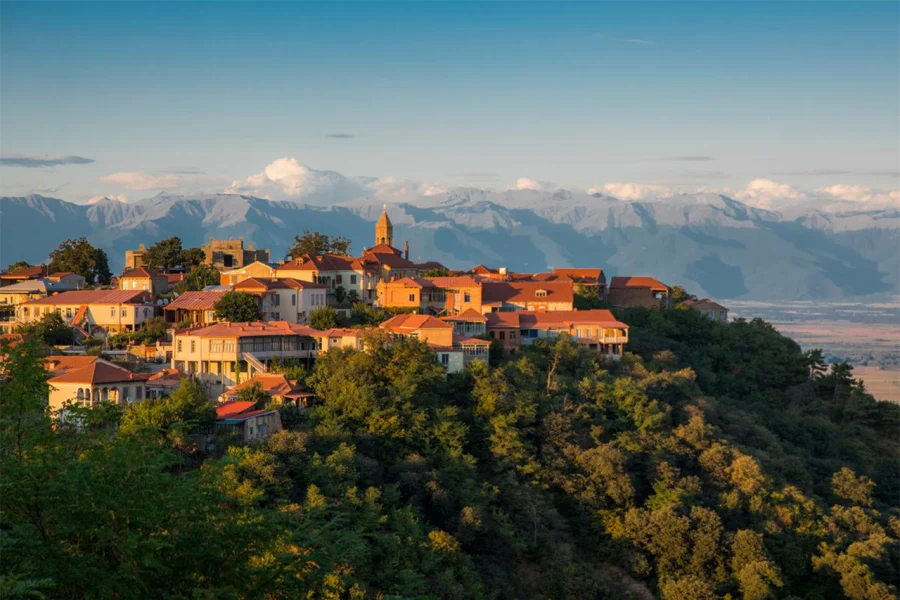
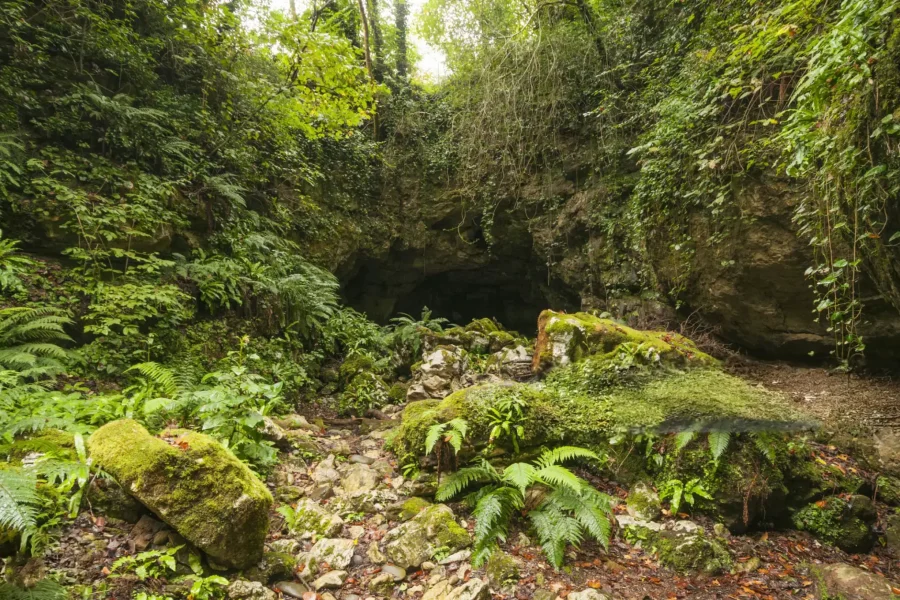

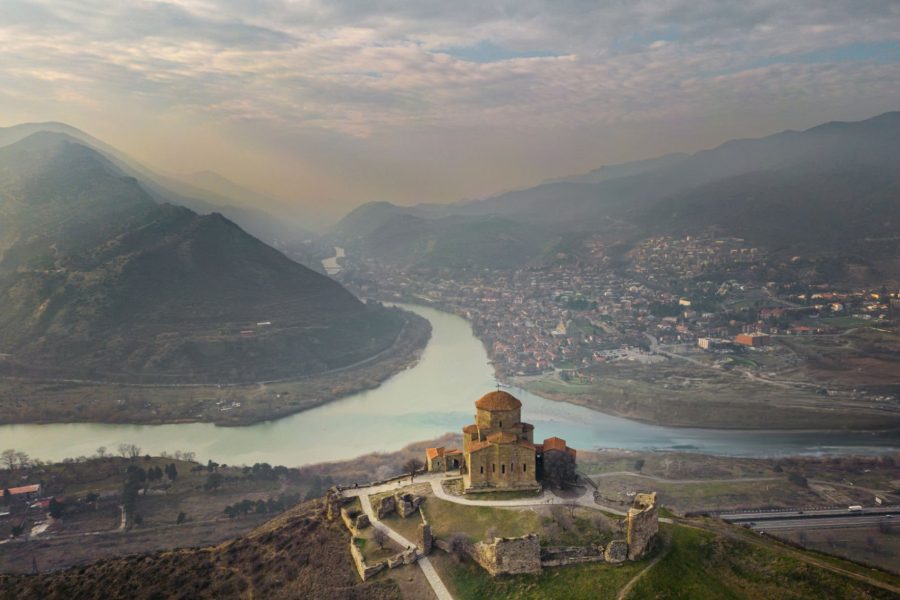
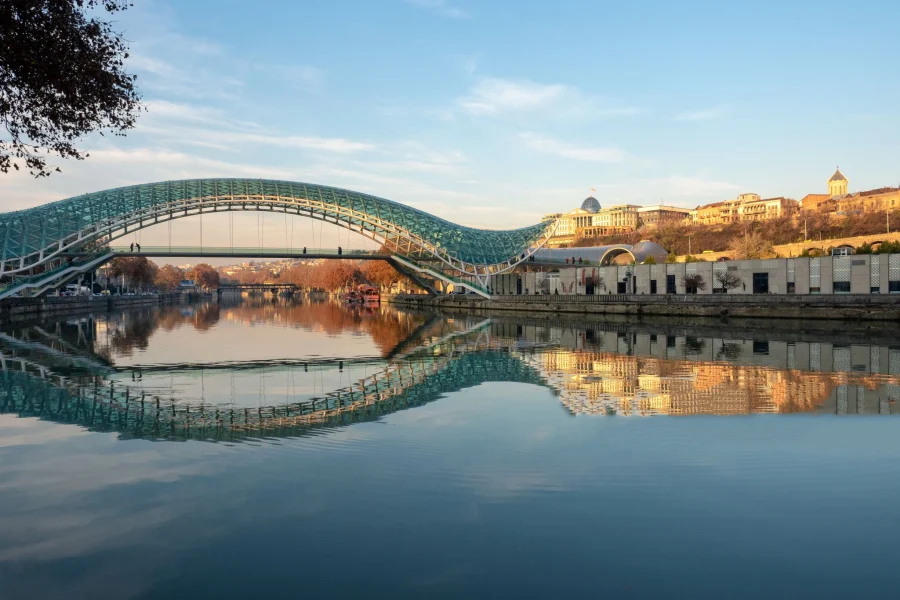
0 Comment